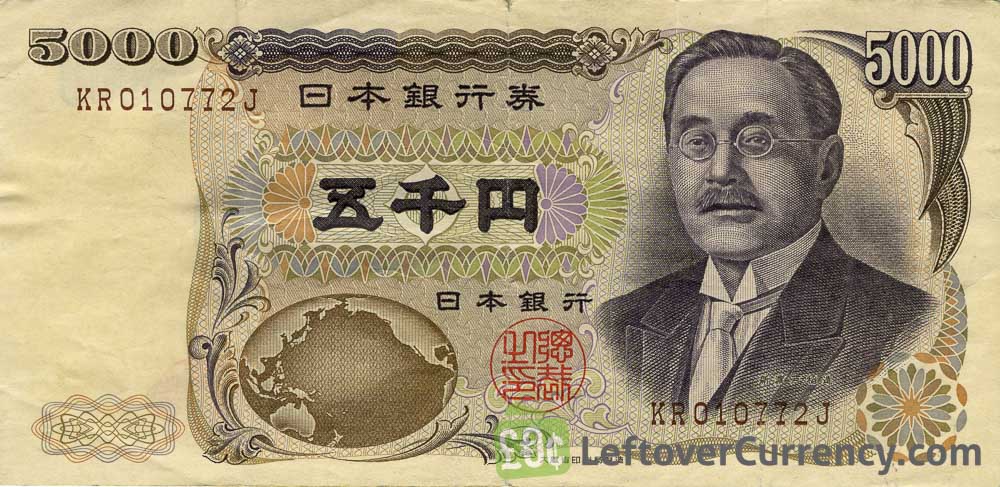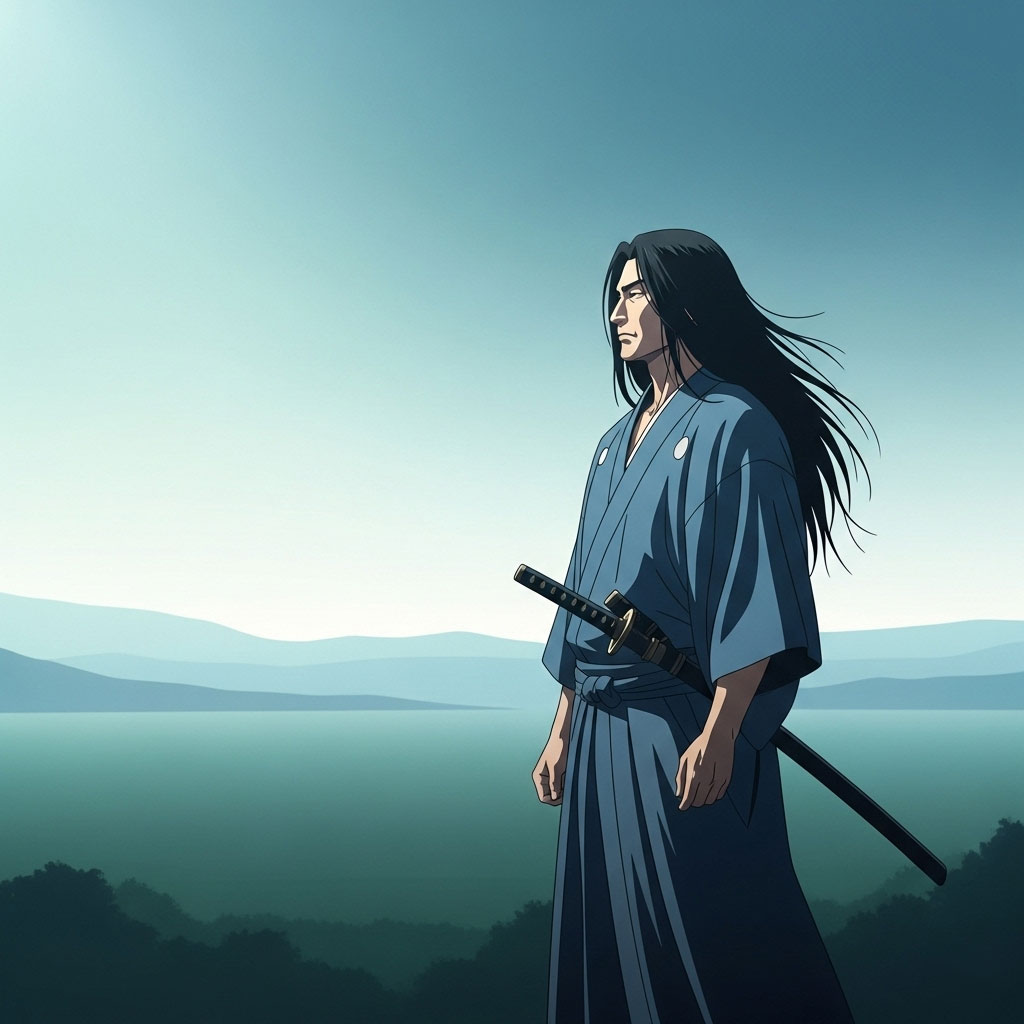Understanding the samurai’s values begins with learning about the history and meaning of Bushido.
Bushido literally means “the way of the warrior.” It was the moral code followed by samurai—the warrior class of Japan. Bushido is not just about fighting skills but also emphasizes mental discipline, personal honor, and a strict ethical code of conduct.
Bushidō is a Samurai moral code concerning samurai attitudes, behavior and lifestyle. Its origins date back to the Kamakura period, but it was formalized in the Edo period (1603–1868). There are multiple types of bushido which evolved significantly through history. Contemporary forms of bushido are still used in the social and economic organization of Japan. Bushido is also used as an overarching term for all the codes, practices, philosophies and principles of samurai culture. It is loosely analogous to the European concept of chivalry, but with some major differences.
https://en.wikipedia.org/wiki/Bushido
The Seven Virtues of Bushido
At the core of bushido are seven key virtues.
Gi
義
Integrity
Rei
礼
Respect
Yu
勇
Courage
Jin
仁
Compassion
Makoto
真
Sincerity
Meiyo
名誉
Honor
Chugi
忠義
Loyalty
- Gi (Integrity): Making the right decisions and acting justly
- Rei (Respect): Courtesy and politeness
- Yu (Courage): Bravery in the face of fear
- Jin (Compassion): Compassion and kindness toward others
- Makoto (Sincerity): Honesty and genuine intent
- Meiyo (Honor): Maintaining one’s good name and reputation
- Chugi (Loyalty): Devotion to one’s lord and family
These values guided not only personal conduct but also helped maintain social order and stability.
A Spiritual Culture Born in the Peaceful Edo Period
After Tokugawa Ieyasu unified Japan, the Edo period began (1603–1868), ushering in over 250 years of peace. It was during this time that Bushido was formalized.
To maintain peace and social stability, Tokugawa established a strict class system known as Shi-no-ko-sho (warriors, farmers, artisans, merchants). Samurai ranked highest, followed by farmers, artisans, and merchants.
With no wars to fight, samurai were expected to act as role models in society. Personal development, manners, and discipline were emphasized. To uphold social order, Neo-Confucianism—especially the teachings of Zhu Xi—was introduced, helping to systematize warrior code’s principles.
Nitobe Inazo and Bushido
The man who introduced the spirit of Bushido to the world was Nitobe Inazo (1862–1933). While studying in the United States, he was asked by foreigners, “Does Japan have a religion?” and “Where do Japanese morals come from?” As a Christian himself, Nitobe struggled to answer these questions.

This inspired him to explore the roots of Japanese ethics and spirit. In 1900, he published “Bushido: The Soul of Japan” in English. In this book, he explained Japanese values by comparing bushido with Western concepts such as Christianity and chivalry. Thanks to this work, the word “Bushido” became widely known outside Japan.

For many foreigners, Nitobe’s book was their first introduction to how Japanese people think and live. It remains widely read around the world today.

Inazo Nitobe appeared on the 5,000 yen bill from 1984 to 2007 in Japan.
Anime and Manga
Since then, many samurai-themed manga and anime have been created, but the spirit of bushido is especially powerfully portrayed in films such as The Last Samurai and Shōgun.
In the world of anime and manga, Rurouni Kenshin captures the internal struggle of a swordsman who vows never to kill again, while Demon Slayer (Kimetsu no Yaiba) emphasizes sacrifice, loyalty, and perseverance. Samurai Champloo blends traditional samurai values with modern expression, and Naruto illustrates bushido-like principles through the ninja code of loyalty, honor, and self-discipline.
Bushido Code
In the English-speaking world, The Seven Virtues of Bushido are known as the Bushido code.
It is not merely a moral code for samurai, but is also widely embraced as a philosophy of leadership, personal growth, and living with integrity.
The Bushido code is taught as a guide to life in various settings—including martial arts dojos, university courses, business training programs, and self-help books—and is now widely recognized around the world as a symbol of Japanese spirit and values.
Bushido in modern Japan
In modern Japan, there is no opportunity to learn about bushido in formal school education. As a result, people must take the initiative to learn about it on their own.
It is not something with a single, clear definition—its interpretation varies from person to person.
Yet, despite being a largely non-religious society, I believe the Japanese still carry a strong sense of morality. In everyday behaviors such as politeness, responsibility, and consideration for others, I feel the spirit of bushido continues to live on.
If you visit Tokyo, I encourage you to experience this spirit of bushido for yourself.

Leave a Reply